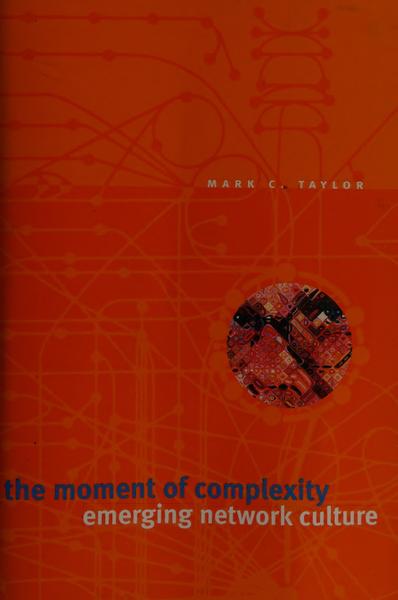This site provides a visual and textual interface to explore the dataset of index entries and their associated metadata. An 3D t-SNE visualization represents the vector space, and each point is an index entry. Click points to generate new text compositions. Use your mouse or trackpad to navigate - scroll to zoom and drag to rotate the visualization.
Using NLP to map textual data spatially, the system generates unique layouts of text on the page, where each index entry's position is determined by its semantic proximity to others in the dataset as determined by an approximate nearest neighbors algorithm, forming a multiply-determined visual topology.
The corpus for this instance of the project is comprised of the indexes of 3 books selected by the artist from the Cybernetics Library's Uncomputable collection:
···Updating to Remain the Same: Habitual New Media···Wendy Hui Kyong Chun
···Code and Clay, Data and Dirt: Five Thousand Years of Urban Media···Shannon Christine Mattern
···The Moment of Complexity: Emerging Network Culture···Mark C. Taylor



2022 (slides) | 2025 (prototype)